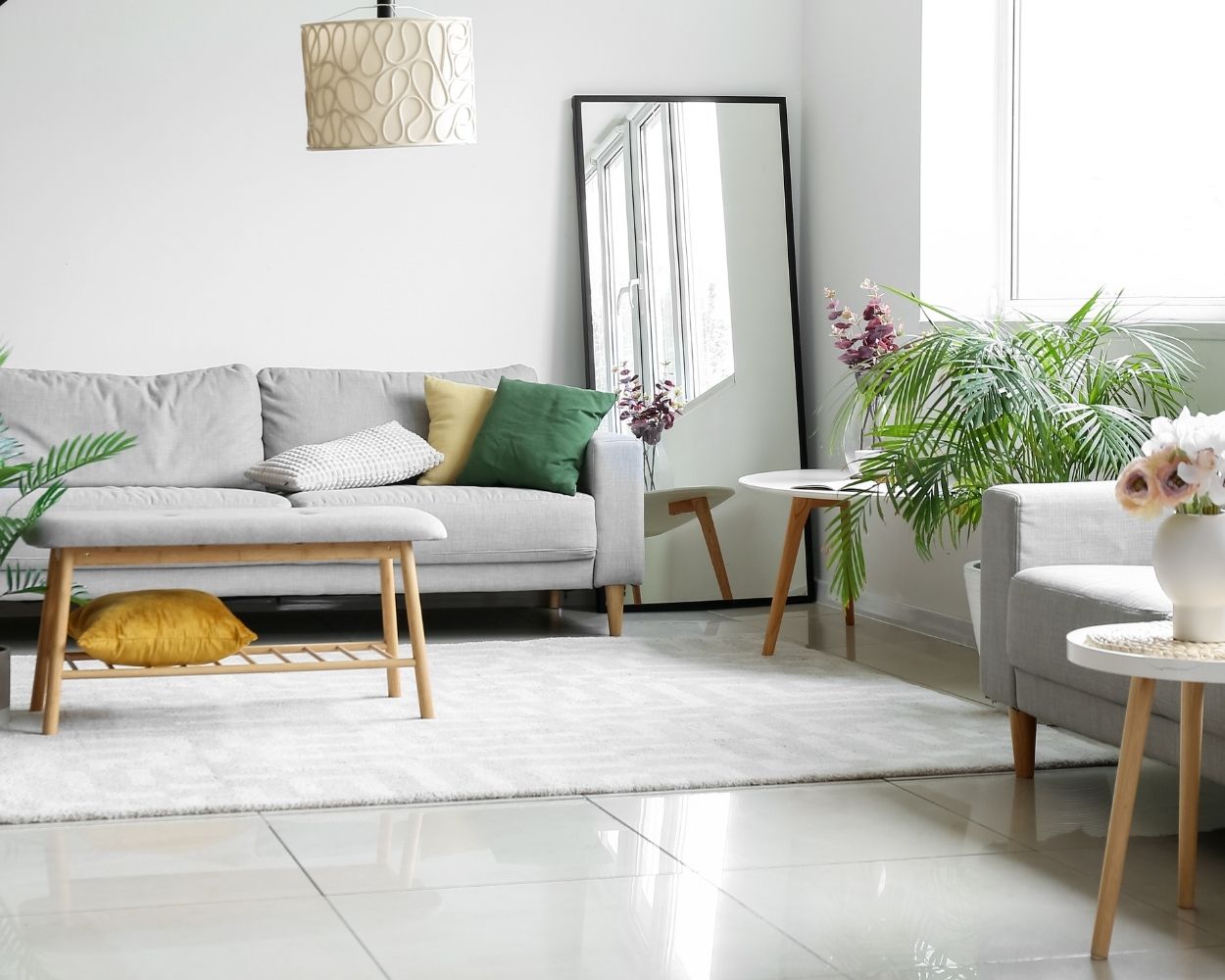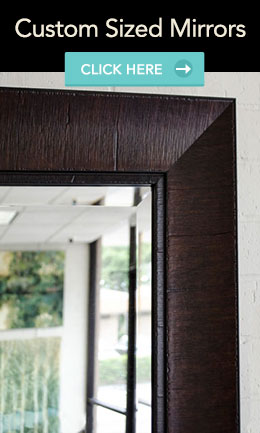
How to Identify Good Quality Mirrors
Selecting the right mirror may seem straightforward but when you are specifying for premium interiors, commercial remodels or high-end housing, “good quality” matters. A mirror that distorts, tarnishes or fails structurally will undermine even the best design. For interior designers, remodeling companies and home-design teams, this means paying attention to key attributes beyond style so you can specify custom-sized mirrors with confidence.
1. Glass Purity and Clarity
Start with the glass itself. High-quality mirrors use raw materials with minimal impurities so the reflection remains clear and accurate. As one industry guide explains, “the purity of raw materials…the clearer and more flawless the reflection.” Low-iron glass further enhances clarity by removing the green tint seen in standard float glass.
Designers should ask: Does the glass have consistent clarity across the full surface? Are faint greenish hues or subtle color shifts present? These subtle issues often hint at lower-grade materials.
2. Flatness and Lack of Distortion
Even premium glass can be undermined if it’s not perfectly flat. Warped or uneven surfaces cause reflection distortion making objects look bent or skewed. To test, place a straight-edge on the surface, look for gaps or view an object across the panel and check for distortion.
Ensure large mirrors are manufactured and framed to maintain flatness across the span. This is particularly critical on large feature walls or commercial-scale applications.
3. Appropriate Thickness
Glass thickness contributes to structural stability and performance. Thin mirrors tend to flex, warp or echo imperfections in the wall behind them. Most quality mirror guides recommend at least ¼-inch (approx. 6mm) for wider mirrors.
When specifying custom-sized mirrors that span significant width or height, insist on adequate thickness (4mm–6mm or more, depending on size) so the panel holds straight and supports heavy framing without flex.
4. High-Quality Silvering and Backing
At the heart of a mirror is the reflective layer (silvering) applied to the back of the glass. A good quality mirror uses thick, consistent coatings plus protective layers and quality backing materials to avoid tarnishing or desilvering, especially in humid zones. The silvering layer thickness and protective sealer are key to durability.
For interior design or remodeling, check that the mirror is copper-free (many older mirrors used copper backing that corrodes) and has a certified backing system suited for the environment (bathrooms, spa zones, high traffic zones).
5. Frame, Mounting and Installation Quality
Even the best glass can underperform if the framing or mounting is weak. The frame must support the weight, align accurately, and protect the edges from moisture ingress or mechanical stress.
When specifying custom-sized mirrors, ensure:
- The frame sits flush and supports full perimeter of the glass
- Mounting hardware is rated for size and weight
- Edge seals and backing backsheet accommodate the environment (humidity, vibration, wall movement)
For interior designers, remodeling companies and home-design teams, specifying the mirror is not just styling. Ask for specs on glass purity, flatness tolerances, thickness, silvering depth, backing materials and mounting frame systems. This will ensure that when your client admires the finished space, the mirror is part of the design.


